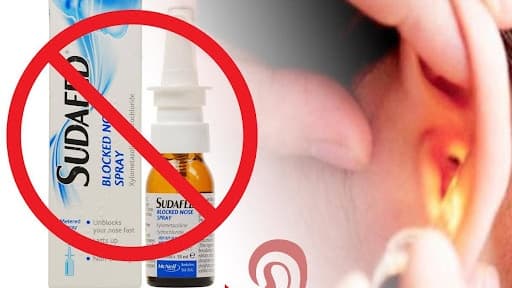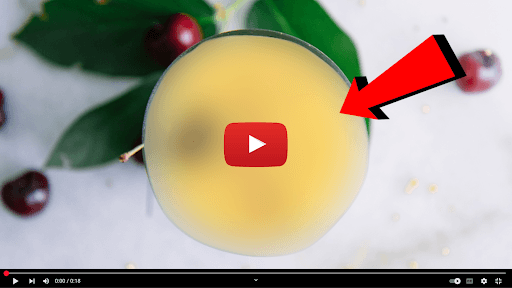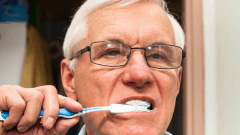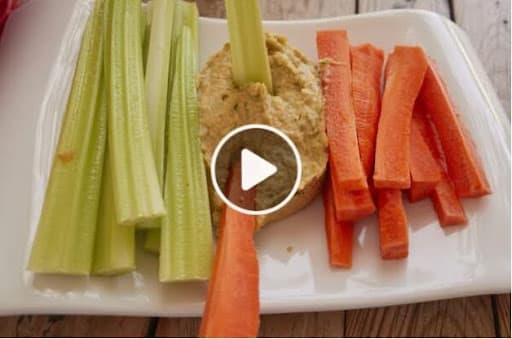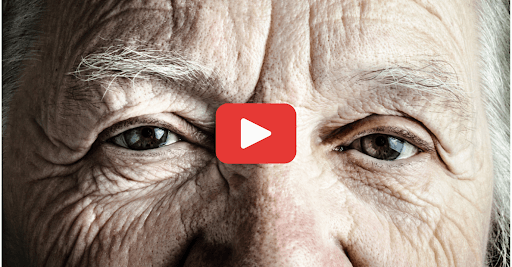The Influence Of Afternoon Naps On Insulin Resistance
Afternoon drowsiness often feels like an unavoidable part of life. For many, feeling the need for a nap post-lunch is all too familiar. But what if this sluggishness is a result of something preventable, like insulin resistance? The link between fatigue and insulin resistance requires closer examination.
Insulin resistance happens when your body's cells become less responsive to insulin, forcing your pancreas to produce more to stabilize blood sugar levels. Over time, this can lead to fatigue, especially after meals. It's influenced by a multitude of factors, including hormones, genetics, diet, physical inactivity, and more.
One of the first steps to reducing afternoon fatigue is moderating your sugar intake. High sugar consumption can exacerbate insulin resistance, intensifying post-meal drowsiness. Opting for meals with a low glycemic index can maintain stable energy levels throughout the day.
Consuming balanced meals containing proteins, healthy fats, and fiber can help in slowing down sugar absorption, ensuring sustained energy. It's essential to monitor meal sizes and frequencies to prevent over-burdening your body with excess calories or sugar spikes.
"Cut down on the sugar snacks right; get out and walk around a few times a day—there's no need to worry about sneaking off for another afternoon nap."
Combatting afternoon fatigue doesn't require drastic changes but rather mindful lifestyle adjustments. Monitoring what you eat and how you move can make all the difference. Adopt these small shifts to generic habits to enjoy a revitalized, energetic daily experience.
From Around The Web
Wellness Inbox is a blog & weekly newsletter that curates trending news and products related to health and wellness from around the web. We also gather content from various sources, including leading health professionals, and deliver it directly to you.
Please note that we may receive compensation if you purchase any products featured in our newsletter. Wellness Inbox is not affiliated with, nor does it endorse, any health professionals whose content may appear in our newsletter. The information provided is for general informational purposes only and should not be considered medical advice.
The information provided is not intended to replace professional medical advice, diagnosis, or treatment. All content, including text, graphics, images, and information available is for general informational purposes only. We do not guarantee the accuracy or completeness of any information presented and assume no liability for any errors or omissions. The content is subject to change without notice. We encourage you to verify any information with other reliable sources and consult your physician regarding any medical conditions or treatments.
